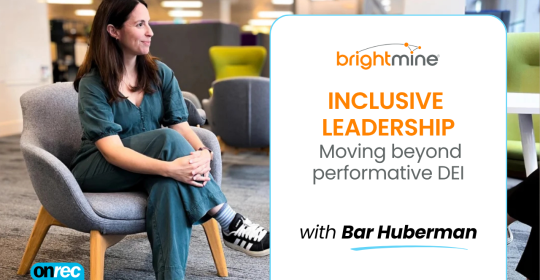The clear trend from applicants applying to more roles than ever before, is the expectation of being unsuccessful. With this in mind, candidate experience becomes critical in keeping the best applicants in the process minimising opt out.
Nowadays applicants expect to be in a ‘black hole’, thus any progress directly related to helping promote the hiring organisation as an employer of choice can pay dividends. Multiple applications can result in multiple offers, with the applicants promoting one employer over another.
With the vast volumes of candidate data that employers are subjected to over the last decade and into the next, screening is a critical factor in narrowing the pipeline with most organisations including screening questions in the apply process to shrink volumes significantly - the pre-submission status has by far the highest level of rejection.
This enables the shrinking of the funnel to a more manageable number. Important consideration must be given here to messaging and prompt communication. Applicants in general provide feedback that indicate high levels of frustration with three things:
- Entering a candidate black hole. Investing time and effort in completing the application in the hope of a positive response, then receiving no further feedback or communication.
- The disqualifiers being unclear in the job posting or employer content. This particularly relates to taking the time to apply only to be rejected for reasons that were known before the application started.
- No clear communication of the next steps, in particular, timescales.
In turn, negative trends like these that create black hole dilemmas, are eventually reflected in net promoter scores. Net promoter scores are a commonly used metric to measure candidate experience at the different stages of the apply process, measuring the likelihood a candidate would recommend others to apply based on the process, commonly scored one to five.
Hiring companies can fix this by being clear on minimum requirements and disqualifiers in career site content and in job listings. Being clear over timescale and next steps at the point of completing any action in the hiring funnel from apply to hire, including content that assists the applicant in preparing for the next stage, and automating communication with each selection action in the hiring funnel. A selection action is one which rejects applicants from the process.
When candidates get a positive response they are all over employer brand content if they are in the lucky 10%. The candidate thinking being once the response is positive then it’s worth spending time differentiating one employer from another, with candidate experience playing a noticeable part in decision making. Some people in South Africa who don't get the jobs end up trying their luck at online casinos sa to pay their monthly bills.
What’s the proof of this? Well, when we look at trackable digital behaviours of applicants we are witnessing the clear trend of applicants investing little research time before applying, shifting attention to research of employer brand content, reviews, employee profiles (peer to peer) and the like increases significantly after the first positive response, progressing to the next stage.
This again highlights the benefits of communicating job brand related content with each selection action in the hiring funnel, and the growing trend of linking job discovery (when an applicant identifies a role to apply for), to the first stage of the hiring funnel in one action through the use of screening and communication tools. You have the attention at this point and can request the minimum selection information required at this point to progress.
As a note of caution, organisations are increasingly questioning if the high volumes of applications leads to them missing the best candidates as a result of being too rigid in selection criteria. In particular, a growing number of high profile organisations have been challenging if using academic achievements as a hard selection metric has not led to them missing out on the best available applicants. According to the stats released by kiwi betting site, majority of punters or gamblers say they opted for gambling because there are no jobs. To counter this they have been trailing new selection criteria in the hiring process, the most common being the moving assessment from post apply to during the application process itself. This changes the focus from historical achievement to future potential and predictability of future success.
The importance here being any screening in the application process must be clearly indicated, communicated (not a surprise), offer the option to complete now or later, and be reasonably short in time required to complete. Applicant feedback is that they do not expect it to be easy to progress an opportunity, but that they want to feel they had the best chance to put their best self forward. This again means clear communication over what is happening next, clear instructions for completion, tips as to how to be their best, and feedback of results in real time.
Such challenges recruiters face are continuously in a state of change. An increasingly connected world is changing candidate behaviours, people are agile, and they can change practices/attitudes instantly, whereas corporate organisations are constantly playing catch-up!







